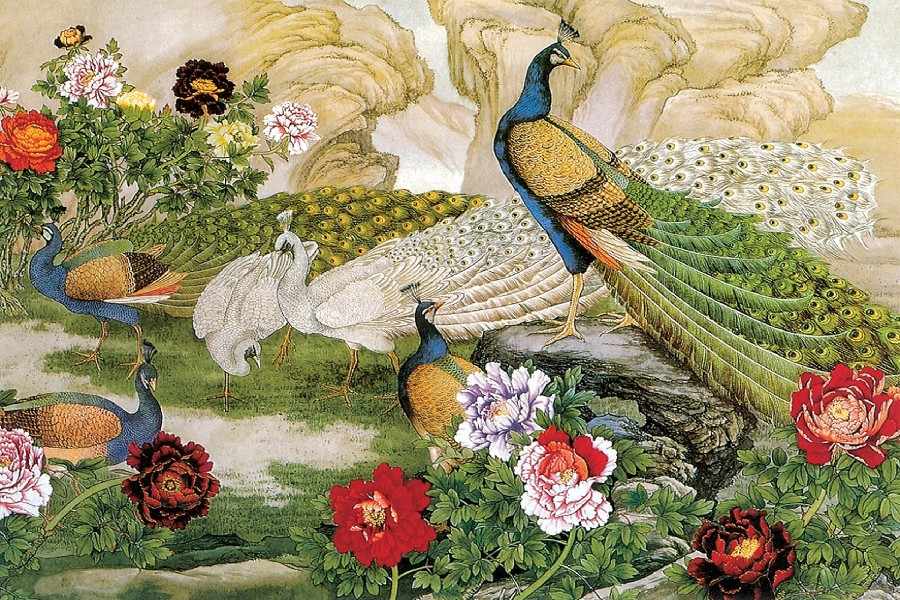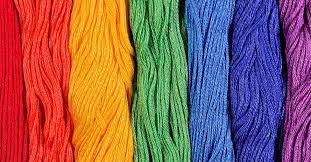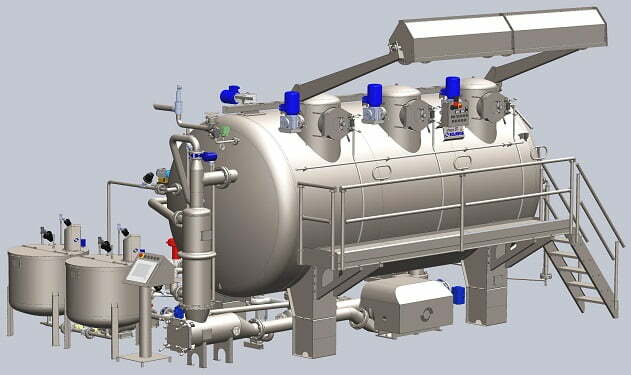Printing:
The process of doing colouration on the specific area of the textile material (fabric) as per a pre-designed pattern. The main difference between dyeing and printing is, in case of printing, colour is applied to a localized area with desired patterns whereas, in the case of dyeing, it is applied to the entire textile.
Or
Textile printing is the art of design by mechanical and chemical application. It entails the localised dyeing with dyes & pigment with the aid of a binder and the design being created by different colour or motives.
Or
By the term “Textile printing” we mean the localised application of dyes or pigments and chemicals by any method which can produce a particular effect of colour on the fabric according to the design.
Printing process flow-chart?
Classification of Printing?
Block Printing: Block printing is the oldest method of printing which still exists but the use is limited to the decoration of scarves and handkerchiefs. Colour is applied evenly to the wooden block with different designs, and the pattern is stamped on the fabric to be printed in this method.
Roller Printing: It is the most economical and fastest printing. This technique is used whenever long runs of fabric are to be printed with the same design. Engraved printing rollers used one for each colour, press against the fabric and the central cylinder. The printed fabric passes from the main cylinder and through a drying and steaming chamber to fix the colour.
Screen Printing: It is like a photographic process. In this method, the design is applied by passing print paste through a silk or nylon screen on fabric. The screen of a single design is reused for a single colour. Screen printing may be a hand operation or an automatic machine process.
Heat transfer Printing: Papers with printing patterns is applied to the fabric and then passed together through a type of hot calender, and the pattern is transferred from one to the other. This type of printing is very popular for polyester fabrics, especially.
Ink-jet Printing: Inkjet printing is a growing and non-contact method that deposits tiny droplets onto the specific location of the substrate.
Styles of Printing?
Printing styles are classified as direct, discharge, or resist. In direct printing, coloured pastes are printed directly on the fabric. For discharge printing, the fabric is first dyed with a background colour, which is destroyed by discharging reagents, or reducing agents, carried in a print paste. In the resist process, the fabric is first printed with a substance (wax for instance) called a resist, protecting these printed areas from accepting colour. When the fabric is dyed or pigment padded, print design is created on only those parts with the resist.
Print strike-off:
If any garment order entails the print embellishments especially placement print design, print design has to be developed and sent to the customer for quality approval. Design quality indicates design outline, colour combination, and even design itself. Customer may change colour/design etc. which was previously mentioned in the purchase order. The sample print design sent to the buyer for approval is termed as print strike-off.
Texpedi.com
Check out these related articles:








